If the name TT alludes to Audi's coupé and roadster, these two letters have already identified other models from other brands. It's the Ford Model TT it couldn't be more distinguished. It was in 1917 that Ford presented its first truck, that is, the pick-up that would give rise to a successful legacy that remains until today.
In the same way that the Model T helped to power the world, the Model TT helped “reform” the horses and carts that handled the transport of goods. The relationship to the Model T is obvious, starting with the name.
Based on this, the Model TT gained a reinforced chassis, wider and stronger wheels, and the wheelbase grew from 2.54 m on the Model T to 3.17 m, allowing for a cargo box at the rear. Thanks also to shorter ratios, the Model TT was able to support up to a ton of load.
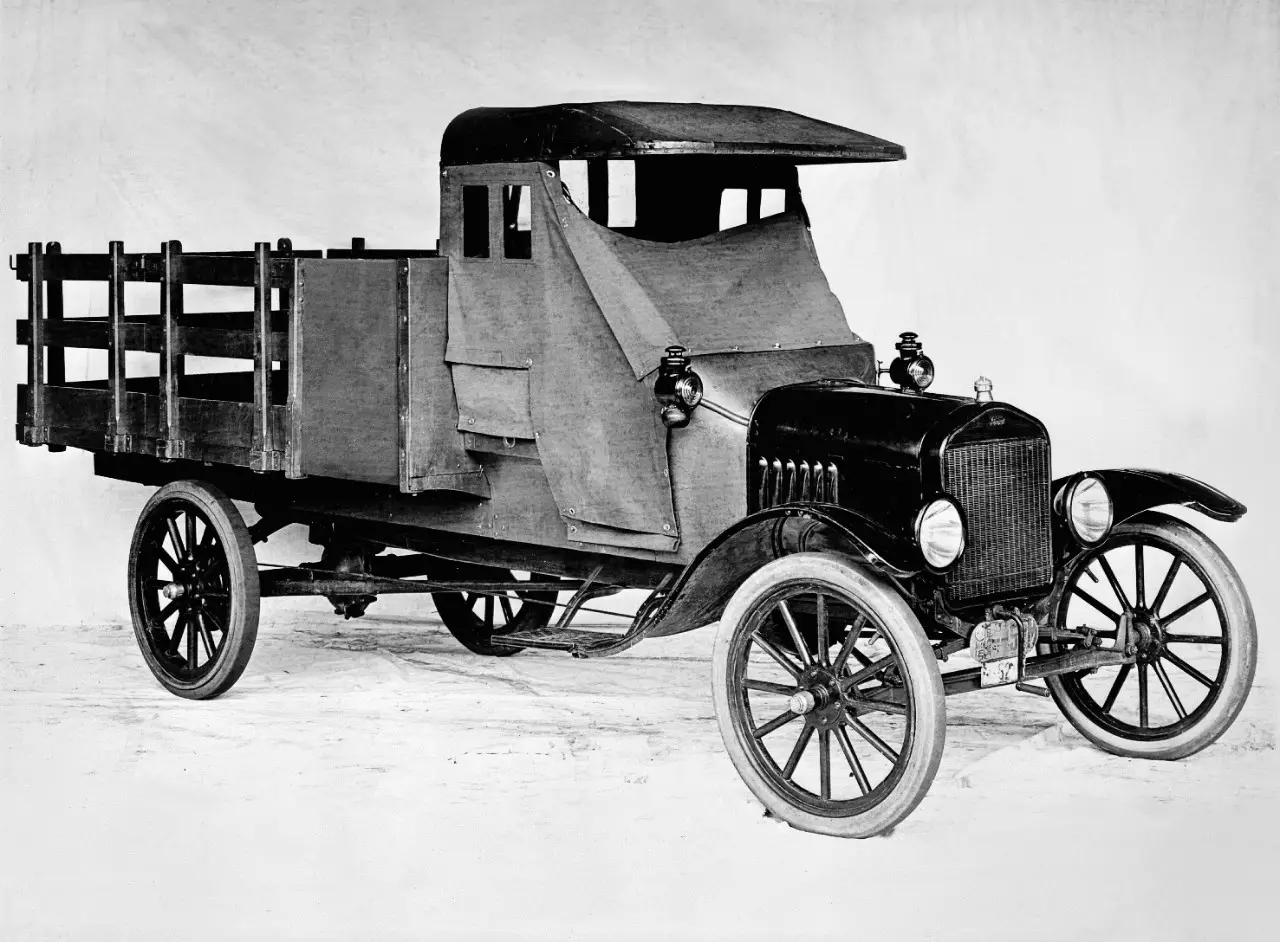
A bodywork? For what?
The Ford Model TT was a work vehicle, and as such, anything that wasn't needed to do its job was gone — even the bodywork! Ford only sold the chassis, engine and little else… no bodywork. This one was acquired separately from a specialist.
It wasn't until 1924 that Ford made available a factory body. The model's flexibility is evident in the considerable amount of conversions for the most diverse types of functions. From a tipping cargo box (in the highlighted image) to passenger transport, everything was practically possible.
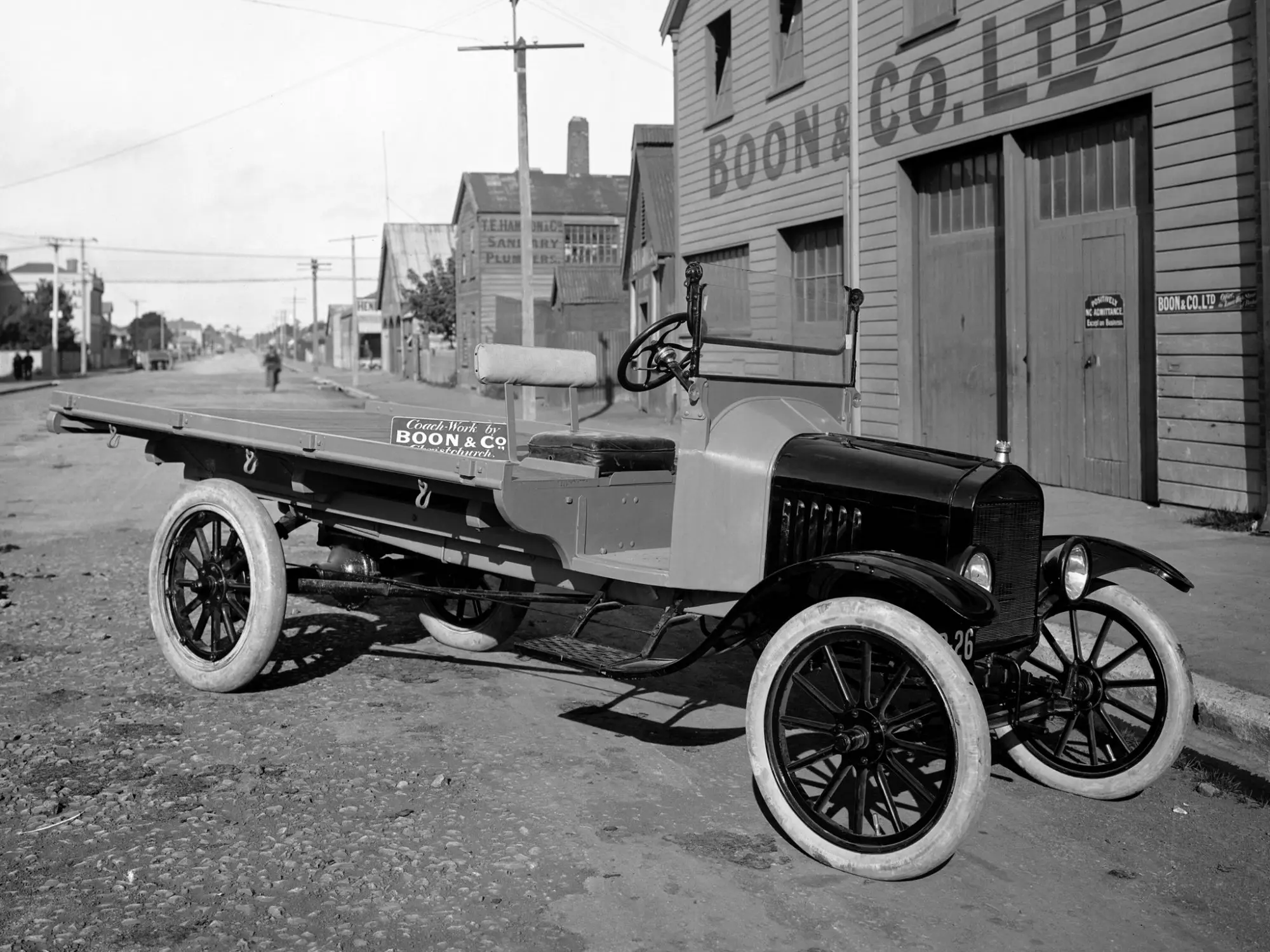
Like the Model T, it was known for its strength and durability, but also for its slowness. The short ratios and the meager 20 horsepower of the engine inherited from the Model T, did not allow more than 27 km/h of recommended speed.
These and other limitations gave rise to a set of unofficial preparations that allowed to boost performance, whether in the field of speed, or in its capacity to carry heavy loads or deal with climbs.
If not even the bodywork was standard, the interior was also kept to a minimum, revealing its utilitarian objectives. As an example, there was no speedometer or gauge for fuel level. To find out how much fuel there was, we would have to stick a rod through the fuel tank, which was under the seats.
Side windows were also notable for their absence, meaning that passenger protection was practically non-existent.
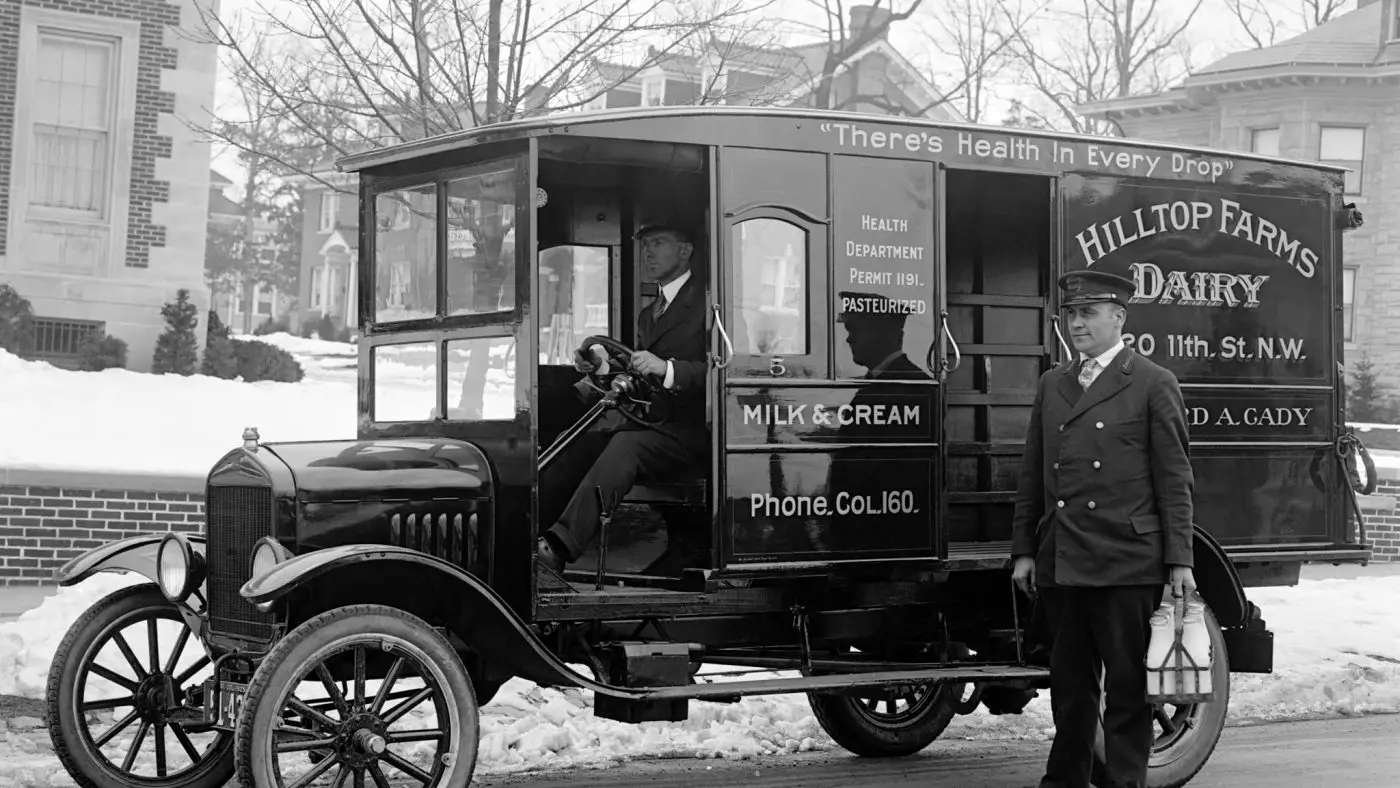
The Ford Model TT would be produced in the US, Canada and the UK for 10 years, and it was a success: over a million units sold.
From the Model TT to the global domain of the F-150
As we know, the history of Ford and pick-up trucks has never stopped until today. After the Model TT, the Model AA appeared, the Model BB appeared in 1933 and in 1935 the Model 50, which was also the first pick-up with a V8 engine.
It would be after World War II that the first F-Series would appear, in 1948 . The F-1 is currently equivalent to the F-150, and versions with higher numbers, such as the F-2 or F-3, would correspond today to the F-250 or F-350, designed for heavier work. Models like the current F-650 are already true trucks.
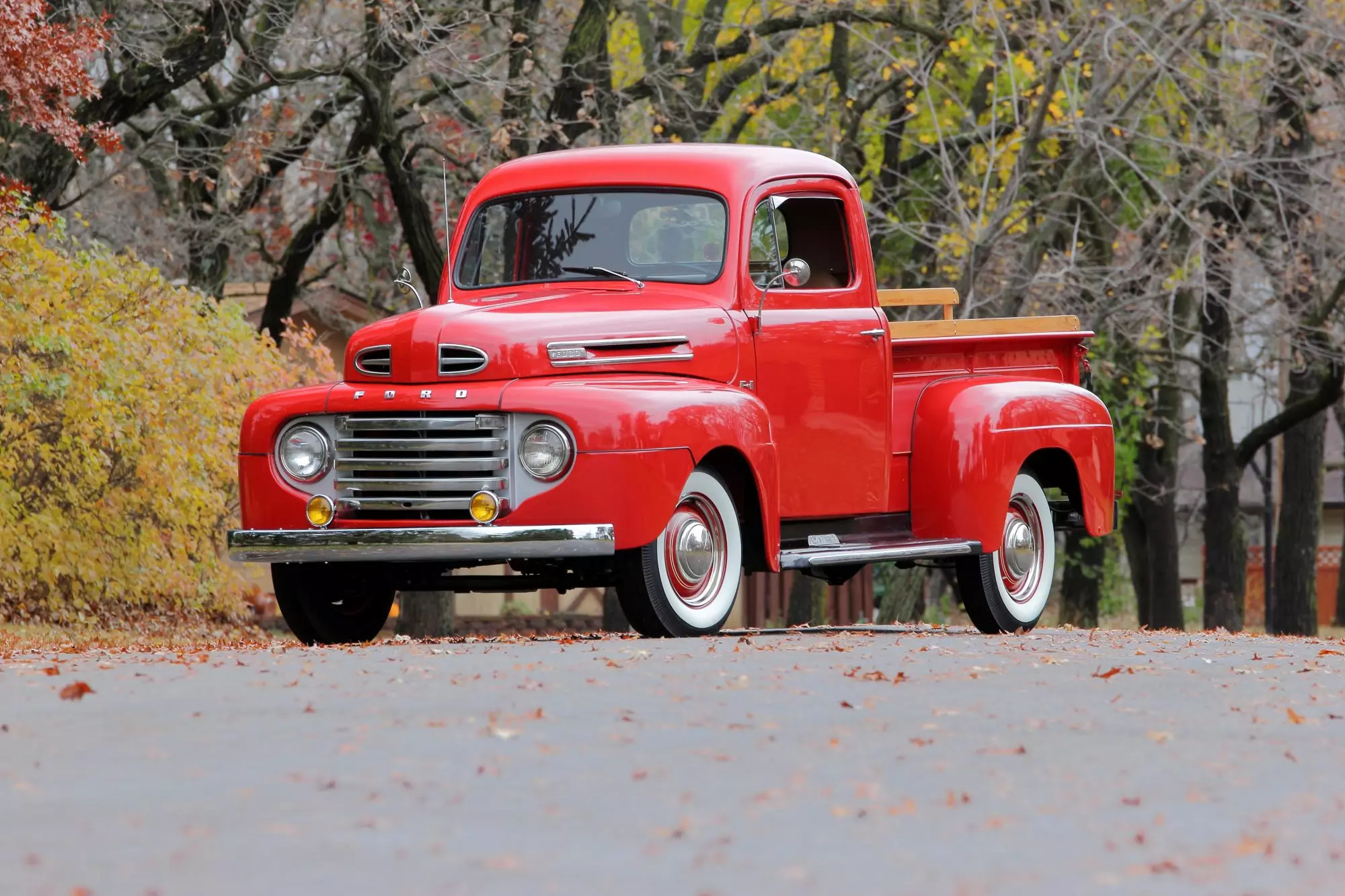
In 1953 the F-100 appeared, and in 1957, a variation on the pick-up theme, the Ranchero, a pick-up based on a light vehicle, the Falcon. For the nostalgic ones, Portugal produced the P100 in the 80s, a pick-up truck based on the Ford Sierra, the closest equivalent to the Ranchero that we had around here.
The first F-150 would arrive in 1975 and it only took two years to become the best-selling pickup truck in the US, and from 1982 onwards it became the absolute sales leader in the North American market, a position it still maintains today. The F-150 is also one of the best selling vehicles on the planet. In 2017, for now, only the Toyota Corolla sells more. Since the introduction of the F-Series, more than 35 million units have been produced.
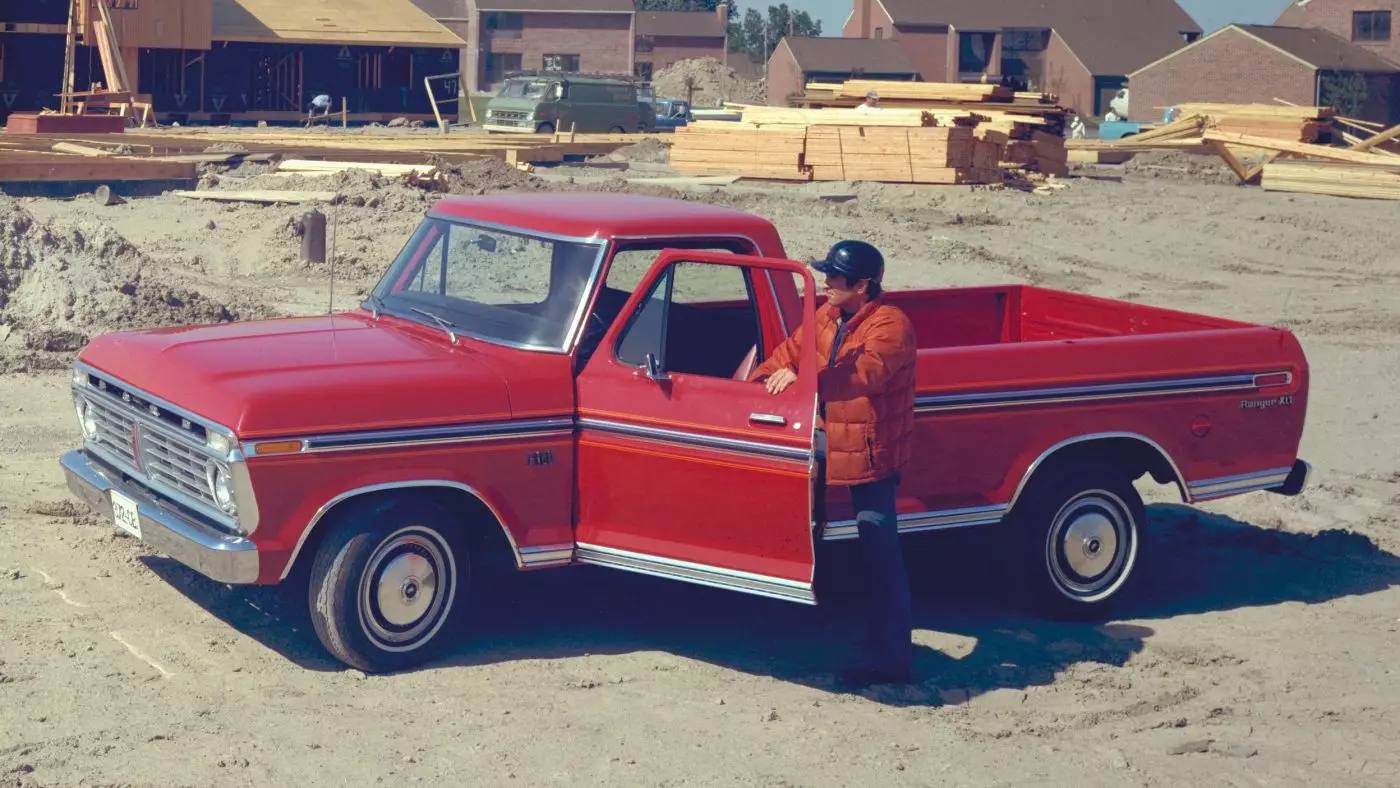
Ford F-150, 1975
Currently in its 13th generation, it is also one of the most technologically advanced pick-ups. Built using aluminum profusely, it introduced, with great success, the Ecoboost engines — both V6s with 2.7 and 3.5 liters of capacity.
Ford doesn't just have the huge F-150. The Ranger, a size below the F-150, first appeared in 1982. There were even two distinct models with the same name, one developed specifically for the North American market and the other not much more than a Mazda clone B-Series.
The current generation was developed by Ford Australia and is sold in Portugal.
